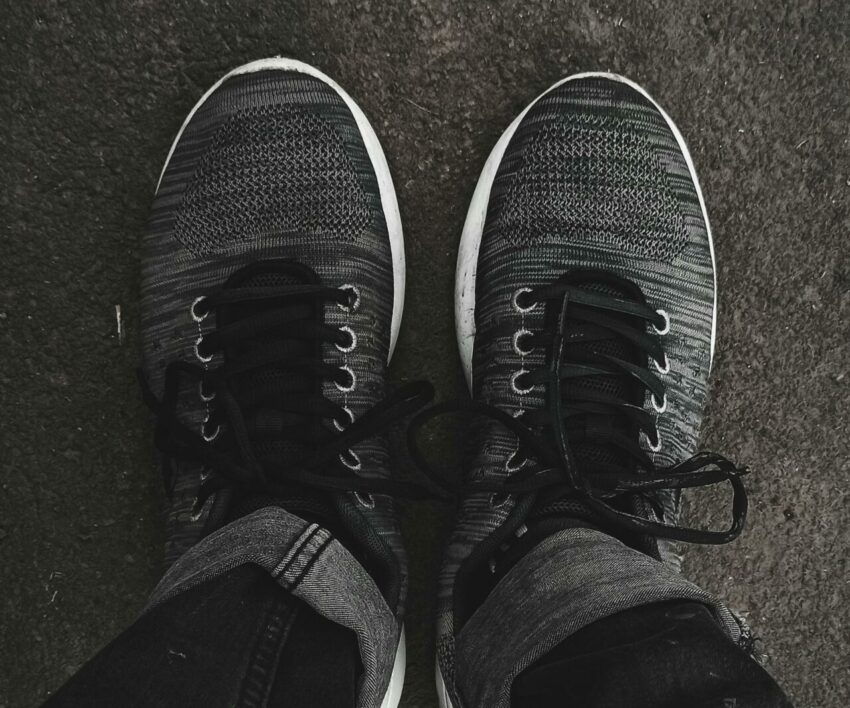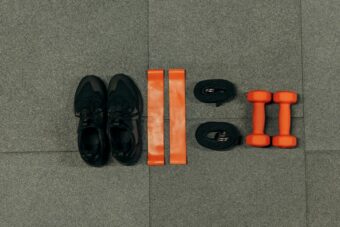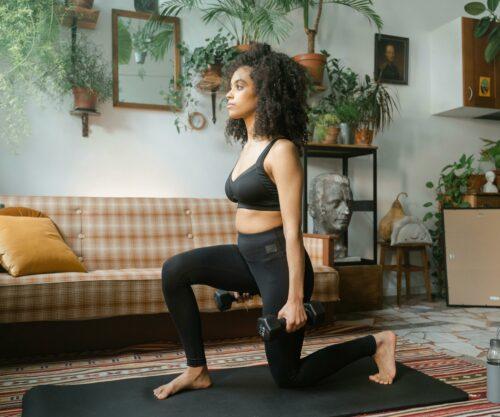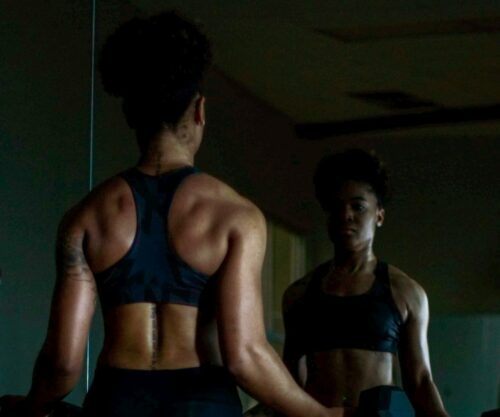
Your workout shoes are essential gear, giving you the support and comfort you need to perform at your best. But how do you know when it’s time to replace them? Here’s a breakdown by activity to help you identify the signs and make the best choice for your next pair.
When to replace running shoes:
Running shoes typically need replacing every 480-800 kilometres, depending on your weight, running style, and the surfaces you run on.
Signs your running shoes need to be replaced
- Uneven wear on the soles.
- Loss of cushioning and support.
- Persistent aches or discomfort in your knees, hips, or feet after running.
What to look for in a new pair of running shoes
- A snug fit with room for toe movement.
- Adequate cushioning for your running surface (road, trail, or treadmill).
- Durable, breathable materials to keep your feet cool and supported.

When to replace tennis shoes:
Tennis shoes generally last for 45-60 hours of court time or about 6 months for frequent players.
Signs your tennis shoes need to be replaced
- The outsole is worn down, reducing grip on the court.
- Loss of lateral support, causing instability during quick side-to-side movements.
- Visible tears or damage to the upper material.
What to look for in a new pair of tennis shoes
- Excellent lateral support to handle court movements.
- A durable outsole designed for your court type (clay, grass, or hard).
- Reinforced toe protection for frequent sliders.

When to replace gym shoes
Gym shoes—used for weightlifting, HIIT, or general workouts—last around 6-12 months, depending on usage intensity.
Signs your gym shoes need to be replaced
- The midsole feels compressed or lacks cushioning.
- Poor grip or traction, especially during dynamic movements.
- Noticeable foot discomfort or instability.
What to look for in a new pair
- A flat, stable base for lifting weights.
- Multi-directional grip for agility exercises.
- Lightweight, breathable materials for versatility and comfort.

When to replace walking shoes
Walking shoes should be replaced every 480-800 kilometres or roughly every 6-9 months for regular walkers.
Signs your walking shoes need to be replaced
- The tread is worn smooth.
- Reduced arch support, leading to foot fatigue.
- General discomfort even during short walks.
What to look for in a new pair
- Supportive arch design tailored to your foot type.
- Flexible soles for natural foot movement.
- Lightweight construction for long-term comfort.

When to replace cross-training shoes
Cross-training shoes last around 6-9 months with consistent use.
Signs your walking shoes need to be replaced
- The sole starts to detach or shows significant wear.
- Reduced support during lateral movements.
- General discomfort during diverse workouts.
What to look for in a new pair
- Versatility to handle a range of activities.
- Firm midsoles for stability.
- Breathable, durable materials.

By keeping an eye on wear and tear and investing in shoes designed for your activity, you’ll keep your feet happy and your workouts effective.
Compiled by: Woman And Home Team
First published by Woman&home




